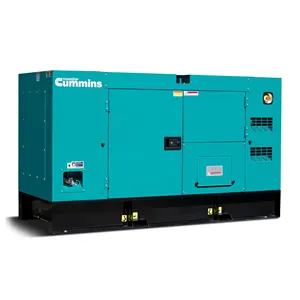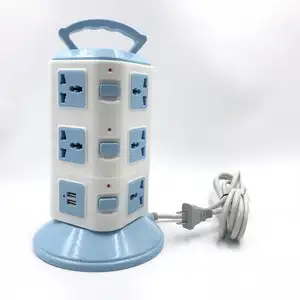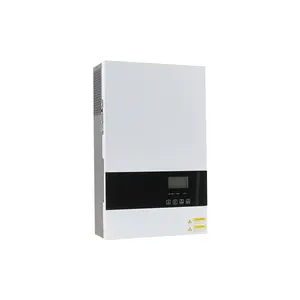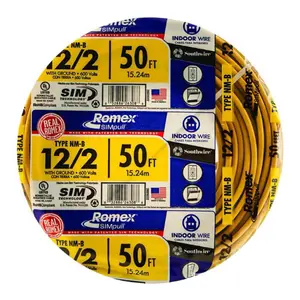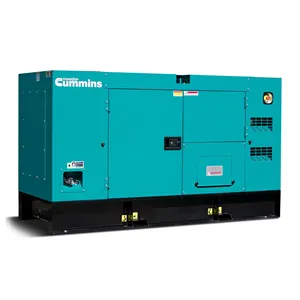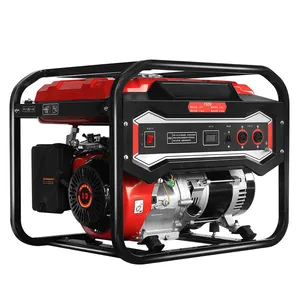Popular in your industry
























































Related Searches:















































































































Top categories
About electricity tester pen
What is an electricity tester pen
An electricity tester pen, also known as a power tester pen, is an electrical tool mainly used to test whether a wire is charged. There is a neon bubble in the pen body of the electric detector pen. If the neon bubble emits light during testing, it indicates that the wire has electricity or is a live wire with a path. The main components of an electric pen include a metal probe at the tip, a resistor, a neon tube, a pen body, an observation hole, a spring, and a metal body at the end of the pen. When testing a charged object with an electric pen, as long as the charged object, the pen, the human body, and the earth form a pathway, and the potential difference between the charged object and the earth exceeds a certain value, the neon tube in the pen will emit light, which tells people that the tested object is charged and exceeds a certain electrical pressure.
The correct steps for using an electricity tester pen
Observing an electrical detector pen: First, people need to observe the structure of the pen and understand the functions of its various parts. The electric pen is mainly composed of neon tubes, resistors, springs, etc.
Pen grip posture: The pen grip posture is very important, and hands should never touch the metal pen tip, as this may cause electric shock. The correct posture for holding a pen is to touch the top metal with the thumb and index finger, touch the test point with the pen tip, and simultaneously observe whether the neon tube is emitting light.
Using an electric pen: When using an electric pen, the charged body, the pen, the human body, and the earth form a circuit, and the potential difference between the charged body and the earth exceeds a certain value (such as 60 volts), the neon tube in the test pen will emit light, which tells people that the tested object is charged and exceeds a certain voltage intensity.
The structure and composition of an electricity tester pen
The structure of a general electricity checker pen includes a working contact, a voltage-reducing resistor, a neon bubble, a spring, a metal body at the end of the pen, a pen body, and an observation hole.
The working contact is the main working part of the electrical power tester pen, which is used to contact charged objects. The function of a step-down resistor is to lower the voltage, allowing neon bubbles to emit light normally. And the neon bubble is a key part of the electric pen. When the pen comes into contact with a charged object, the current will pass through the neon bubble, causing it to emit light in order to determine whether there is electricity. The function of the spring is to fix the neon bubble in a suitable position, ensuring that the neon bubble can emit light normally when in contact with a charged object. The metal body at the end of the pen is usually made of metal material used to connect the pen to the human body, forming a complete circuit. The pen body is the main body of an electric pen, which includes all the components mentioned above and also plays a protective and supportive role. The observation hole is located above the pen body, used to check whether the neon bubble is emitting light and to determine if there is electricity.
